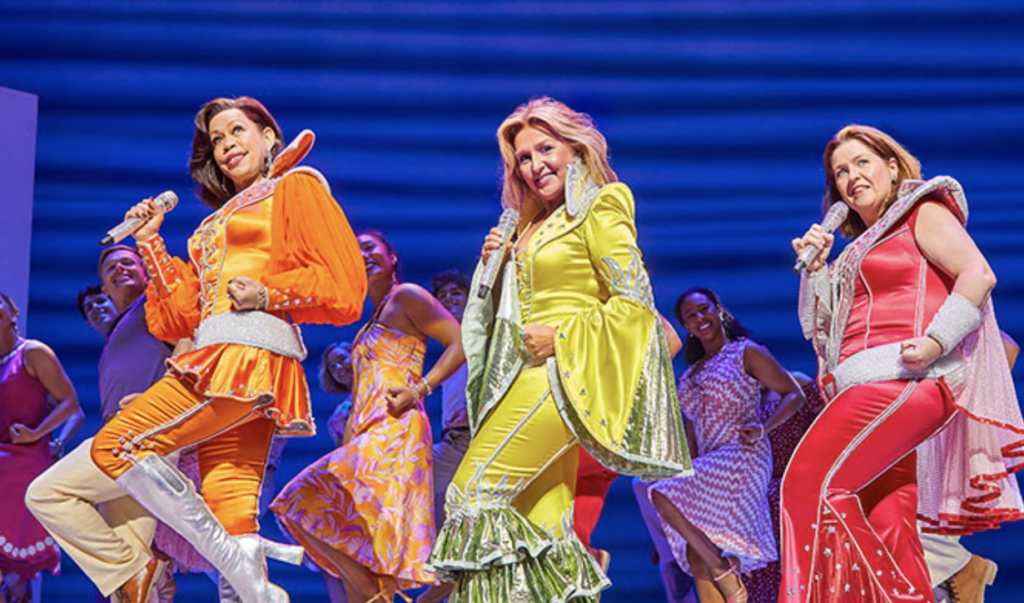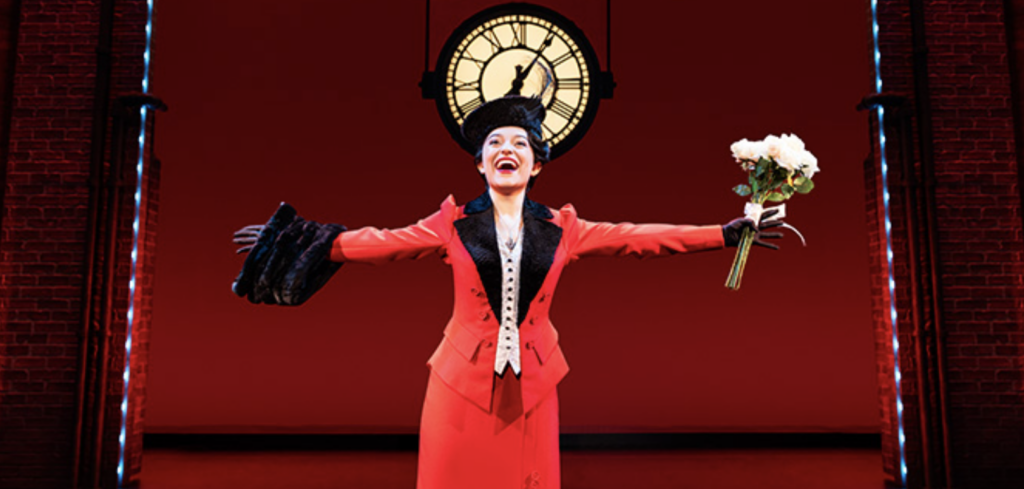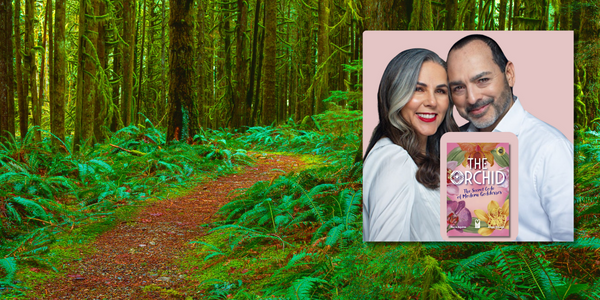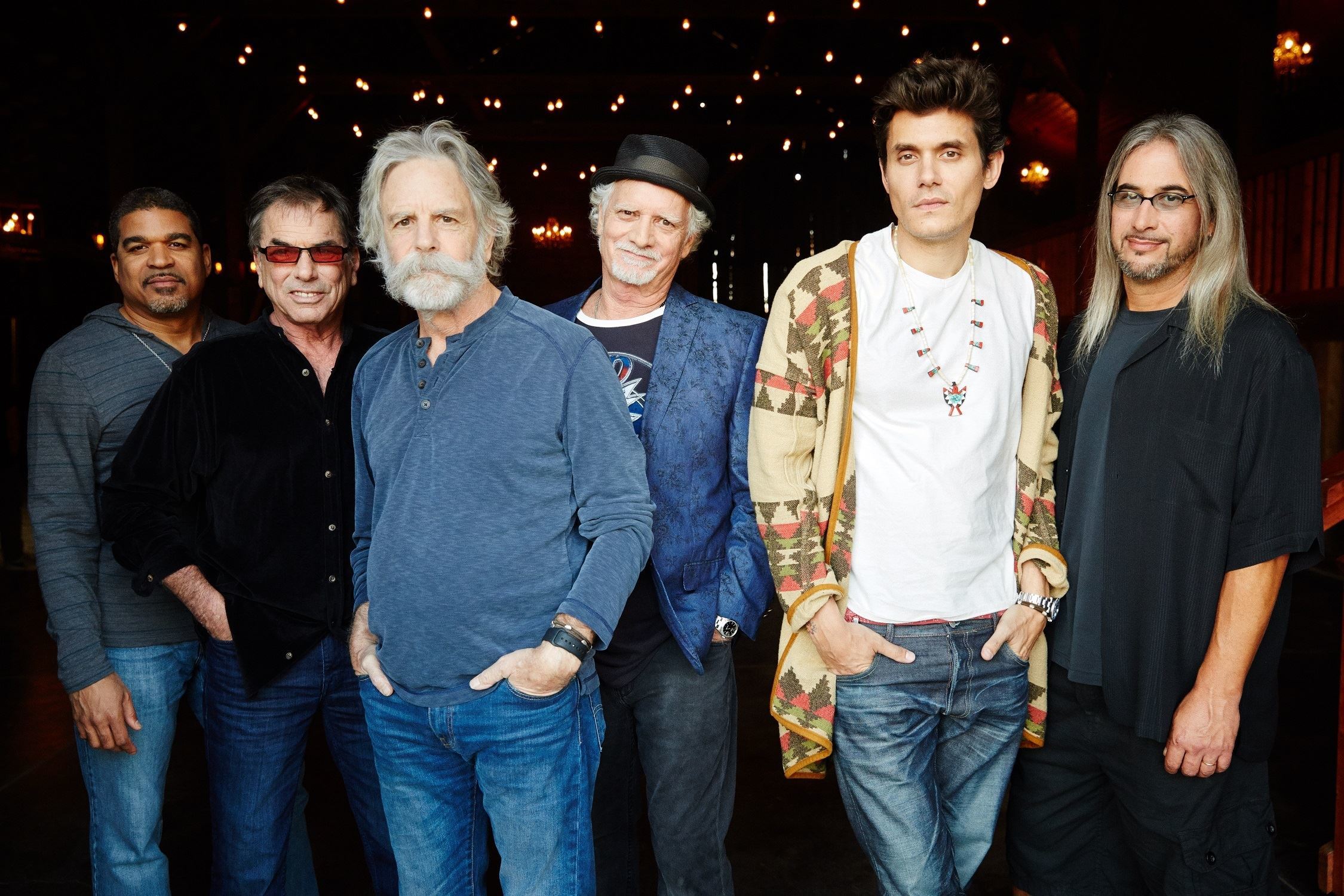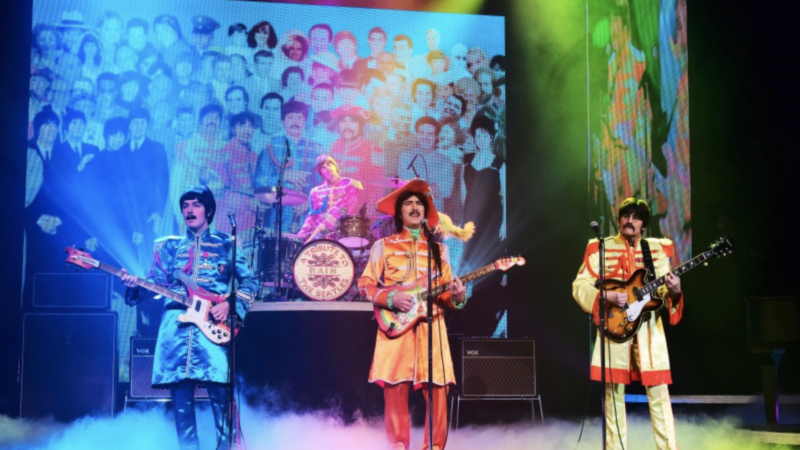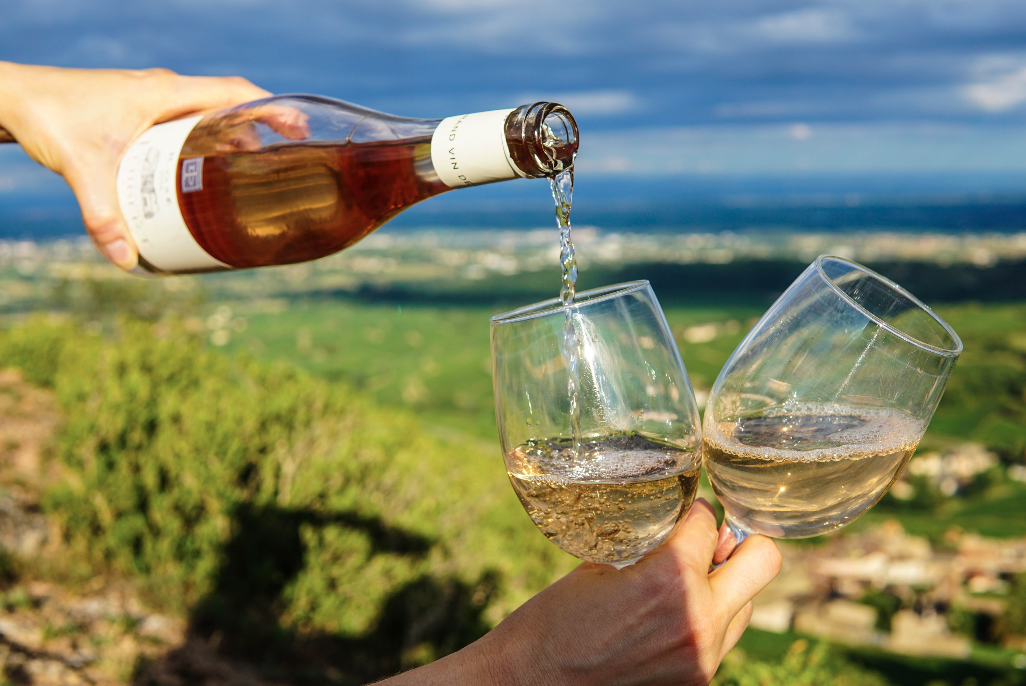All-natural, Best-selling Handcrafted pasta sauce: Yo Mama’s Foods Launches Sensitive Marinara
Yo Mama’s Foods, the all-natural, best-selling handcrafted pasta sauce company, is adding Sensitive Marinara to their collection of fresh tomato sauces.
This Mama-approved recipe is specially designed for those following low-FODMAP diets or sensitive to alliums and is low-sodium, preservative-free, Paleo-friendly, low-glycemic, and without added sugar.

Yo Mama’s Foods Launches Sensitive Marinara
Pure Tomato Sauce Perfect for Sensitive Systems
Amazon’s Favorite Sauce Brand Delivers
a low-FODMAP Marinara packed with Fresh Flavor
Crafted without onions, garlic, and oil yet with all of the fresh flavor Yo Mama’s Marinara is known for, the Sensitive Marinara is a delicious and considerate choice for individuals with dietary sensitivities.

“So many of our customers have requested an onion and garlic-free marinara that we knew he had to develop a fantastic one…”
David Habib
Yo Mama’s Founder.
“…Crafted from fresh tomatoes, fresh carrots, white wine and fresh spices, this allium-free sauce is bright in flavor and a great swap in your favorite recipes,” said David Habib, Yo Mama’s Founder.
Yo Mama’s Foods crafts sauces that recreate the homemade, authentic tastes that would typically take hours over a stove to prepare, making it easy for home cooks to enjoy healthy, quick-to-prepare dishes for their loved ones every night of the week.
In 26-ounce jars with a suggested retail price of $9, Yo Mama’s Sensitive Marinara is available at H-E-B and Amazon, with additional retailers to be announced soon.
Yo Mama’s Foods is on a mission
Yo Mama’s Foods is on a mission to bring the world back to the table through healthy and delicious foods. Yo Mama’s Foods proudly crafts all pasta sauces, salad dressings, and condiments using only ingredients that Mom has in her kitchen. Since our launch on Mother’s Day 2017, Yo Mama’s distribution has grown to more than 24,000 retail stores nationwide.
You can find more information at www.yomamafoods.com and follow them on Instagram @yomamasfoods.
YOU MIGHT ALSO LIKE
Taste at this NYC Prosecco Adventure! Discover with Wine Expert Alan Tardi Wed June 26th at New York Wine Studio
Take the Train to NYC for a Prosecco Adventure! Taste and Discover with Wine Expert Alan Tardi Wed June 26th at New York Wine Studio
Prosecco has gone from a little known mountain fizz to a vinous superhero, overtaking Champagne (and every other sparkling wine out there) and enjoyed by wine drinkers throughout the world, as the base of a cocktail or an everyday quaff.

But despite its huge popularity, most people don’t know much about it.
And there is much more to Prosecco than many people are aware.
”My objective is to
clarify the critical differences
between the original ancient Conegliano Valdobbiadene Prosecco and
the DOC Prosecco that was enacted in 2010.”
Alan Tardi
New York Wine Studio
Prosecco is produced only in Italy, in the Northern regions of Veneto and Friuli, and there are three official Prosecco appellations.

Prosecco DOC
One of them, Prosecco DOC, was created in 2010. It occupies a huge, mostly flat area encompassing almost two entire regions and accounts for most of the 700+ million bottles of Prosecco produced each year.
Conegliano Valdobbiadene Prosecco DOCG
Conegliano Valdobbiadene Prosecco DOCG is a tiny area in the foothills of the Dolomites consisting of 15 small municipalities in the province of Treviso. This is the ancient winegrowing area where Prosecco was born and made a miraculous comeback in the aftermath of World War II.

New York Wine Studio’s Alan Tardi
Besides its pedigree, there are numerous factors of the Conegliano Valdobbiadene enclave that distinguish it from any other winegrowing area in the world: complex and diverse topography, variety of soils, native grape varieties, distinct sub-areas, ancient history, and varied typology—bubbly, fizzy, and still; secondary fermentation in tank or in bottle, leaving sediment in the bottle (known as Ancestral Method) or removing it (Traditional Method).

In this class—which takes place right in the middle of National Prosecco DOC week—we will discuss the origin and evolution of Prosecco in the Conegliano Valdobbiadene area. We will also examine the two additional Prosecco appellations created in 2010.
But most of the time will be devoted to exploring and tasting Conegliano Valdobbiadene Prosecco through a lineup of 8 exceptional terroir-driven wines, in a variety of styles, that demonstrate the unique characteristics, complexity, and diversity of the original Prosecco.
Participants will also learn how to say “CONEGLIANO VALDOBBIADENE” like an Italian!

Alan Tardi has arranged a fantastic lineup of unusual and exceptional wines (half of them are coming directly from Italy) which demonstrate the various factors that characterize the complexity and uniqueness of Conegliano Valdobbiadene: Different production methods (“Tranquillo” i.e. still, Martinotti, Classico/Traditional, Ancestral); frizzante, spumante; single vineyards, Rive, native grape varieties; diverse, soils, terroirs and topographies.
List of Wines
- Prosecco Tranquillo DOCG “Il Canto Antico” — BORTOLOMIOL*
- Colli Trevigiani IGT Verdiso Frizzante Sui Lieviti — GREGOLETTO
- Progetto 5 Varietà Conegliano Valdobbiadene DOCG Brut — MARCHIORI*
- Conegliano Prosecco Superiore DOCG Rive di Ogliano Extra-Brut — BIANCAVIGNA
- Superiore di Cartizze Brut DOCG — RUGGERI*
- Superiore di Cartizze DOCG “Private” Rifermentato in Bottiglia 2014 — BISOL
- Conegliano Valdobbiadene Prosecco Superiore DOCG Rive di Carpesica “S.C. 1931” Metodo Classico — BELLENDA*
- Valdobbiadene Prosecco Superiore DOCG Asciutto, Rive di Colbertarldo, Vigneto Giardino — ADAMI
- Torchiato di Fregona Colli di Conegliano DOCG “Ciàcoe” 2016 — CA’ DI RAJO*
*Shipped directly from the winery in Italy
Find more information and buy tickets at New York Wine Studio or at the link below.
https://www.newyorkwinestudio.com/original-prosecco
Bob Dylan’s Bourbon Feud: Heaven’s Door Kentucky vs Tennessee
Bob Dylan’s Bourbon Feud: Heaven’s Door Kentucky vs Tennessee
Heaven’s Door Spirits, Bob Dylan’s highly awarded collection of super-premium American whiskeys, is turning up the heat on the age-old debate of which state, Tennessee or Kentucky, makes the best bourbon.
For as long as corn’s been cracked and stills have bubbled, Kentucky and Tennessee have been turning pristine limestone water and grains into a coveted amber elixir.
Heaven’s Door’s Great State Bourbon Debate rekindles the friendly feud
Heaven’s Door’s Great State Bourbon Debate rekindles the friendly feud between these two bourbon powerhouses, inviting whiskey lovers everywhere to put their palates to the test and voice their opinion.
Heaven’s Door sets itself apart as the first brand to offer both a Kentucky and Tennessee bourbon, giving fans a unique chance to compare.
The brand’s Kentucky Straight Bourbon, Ascension, and Tennessee Straight Bourbon, Revival, are made from high rye mash bills with grains largely sourced local to the distillery, and barreled at the same proof, yet yield vastly different taste profiles. Heaven’s Door invites you to level set, savor and decide which bourbon pleases your palate and wins your heart.
A Tale of Two Bourbons
Many folks mistakenly believe that bourbon can only be made in Kentucky, but the truth is, bourbon can be crafted anywhere in the U.S.
What makes an American whiskey a true bourbon is a special set of rules: it has to be made with at least 51% corn, distilled at a certain proof, and aged in new oak barrels.
Kentucky and Tennessee both have storied histories of producing excellent bourbon, with differences in water and climate producing distinct flavors.
Kentucky’s limestone water and Tennessee’s pure spring water are both famous for helping yeast thrive during fermentation.v
Differences in flavor profile come from the type and provenance of the grains used, the type of yeast used, water quality, the proof at distillation and the particular wood used to make oak barrel.
Even the location of the barrel warehouse, the circulation of air between the barrels being stored and where the barrels are within the warehouse (high up or near the bottom) all conspire to give impart flavor differences.
Heaven’s Door Kentucky Straight Bourbon, Ascension
Heaven’s Door Kentucky Straight Bourbon, Ascension, is a unique blend of two premium Kentucky straight bourbons aged for over five years and non-chill filtered, boasts warm and slightly sweeter notes of vanilla and baking spices. The limestone-filtered water of Kentucky, renowned for its purity, plays a key role in developing these rich flavors.
Heaven’s Door Tennessee Straight Bourbon, Revival
Heaven’s Door Tennessee Straight Bourbon, Revival, also aged for over five years and non-chill filtered, offers a drier profile with complex and sharp flavors. Unlike many Tennessee bourbons, Revival skips the “Lincoln County Process” – a charcoal filtering step – allowing the natural flavors of the local non-GMO grains to shine through, resulting in a lingering finish with hints of caramel, cinnamon, and nutmeg.
“We wanted to fan the flames of this old debate
between Kentucky and Tennessee bourbon
and showcase
our outstanding expressions of both styles.
We’re excited to hear what consumers think and how they experience these two classic bourbons.”
Alex Moore
Master Blender and COO
Heaven’s Door Spirit
Heaven’s Door marries art and craft in every bottle, drawing inspiration from Bob Dylan’s restless spirit to continually innovate. By sourcing non-GMO grains and honoring each state’s natural elements, the distinct character of each bourbon is evident in every sip.
Hey Philly! Following your Heart and Need Media Attention? Reach to Publicity For Good, CEO Heather Holmes explains
Hey Philly! Following your Heart and Need Media Attention? Reach to Publicity For Good, CEO Heather Holmes explains
Publicity for Good is a millennial run communications firm that provides high-level disruptive, publicity and social media services for wide array of purpose driven clients in the food, beverage and beauty industry.
In 2016 by Heather Holmes former miss Ohio international celebrated publicist and Forbes 30 under 30 nominee publicity for good has built a reputation as the countries number one PR agency for CPG brands that have social causes built into their DNA.

Publicity For Food CEO Heather Holmes
Today’s conversation with Heather Homes from PublicityForGood.com has been edited for length and clarity. For the full, un-edited conversation, visit our YouTube channel here.
Joe Winger:
Heather Holmes from PublicityForGood.com. I’m a big fan because you’ve helped us facilitate a lot of previous conversations about food and drink and nutrition and all the things we like talking about.
What’s the most important thing that you want to share with the audience today?
Heather Holmes:
I really want to take away the unknown or worry about getting in the media. I want to make it more accessible to amazing brands and people.
So I definitely want to share tactical advice that if someone is reading this, they have a good story in business, they have the confidence that their story is good enough and they could absolutely make an impact and grow their business by getting in the media.
Joe Winger:
Starting with the basics, let’s pretend I have a company, I think I want public attention. I want to reach out to someone like you.
So what should I be thinking about? What do I present to you as a step one?
Heather Holmes:
Step one is really the intentionality of why you want to get in the media. What’s your goal? Are you wanting to reach more people? Are you wanting to get your story out there?
Are you wanting more sales and more people to buy your product?
You really need to know. Where you’re going first, and if you don’t know where you’re going, or you don’t have a vision, then it’s really hard to help you.
But if you have clarity there, then we can really pull back and help you identify your story, how you’re different, your why, and why your product and or company, would be really great to be in the media.

The PublicityForGood Team
Joe Winger:
Now, looking at the grand scheme of the campaign, what kind of a campaign should we be looking for: expectations, results?
Heather Holmes:
After we know our outcome that we’re wanting to get more sales, more backlinks, or name in the media, then what I like to do first is work with every entrepreneur, and even if you have a product, to really reflect in “why your story matters”
Why does your product matter?
If you’ve never been in the media before, I take people for an exercise where I have them draw on a piece of paper, them as a baby, to where they are now.
I have them write the key pivotal moments that have happened in their life that have made them start that company, because those little components are absolutely a part of your story.
I’ve been in the media 700 plus times: Inside Edition, Fox News, The New York Coast, incredible media, but it hasn’t always been about being a publicist, right?
Yes. I’m the founder of Publicity For Good, but a lot of that has been my story or building a seven figure company from an airstream.
Now I have almost two under two with a third on the way.
So you need to have your key pivotal moments because those are things you can talk about in the media.
Then we need to look at what’s going on in the news and how we bridge the gap between your product. Relevancy.

Joe Winger:
People may not know you are a former Miss Ohio International. Can you tell us a lesson you learned from being a former Miss Ohio International that you’re using in today’s work?
Heather Holmes:
It’s really all about your platform and reaching new audiences.
When I was building my company I decided I wanted to get into pageants. I wanted to meet a community of like minded people that wanted to make a difference in the world.
It was a way for me to have a platform because at the time I was talking about why you absolutely can build a profitable business. But also make a difference in your community and make a difference amongst your team. And really just build an incredible legacy.
So that was why I did the pageants.
I did a bunch of publicity and again, it made me relevant and timely because that was what got me in the media because I was Miss Ohio and I was only Miss Ohio International for a period of time.
So it gave me that relevancy. So you have to be relevant.
You have to bridge the gap between what’s happening in the news, or we often use Awareness Days, National Nutrition Month, National Social Media Day, and you have to position your product or yourself as the solution.
[For example], we were talking about an incredible juice brand, but most pitches I see are very promotional, right? It needs to be how you or your product simplifies people’s lives. How are you adding value? Or you don’t have a product you need to inspire people.

Joe Winger:
You’re growing a 7- figure business. What’s it like growing a huge business while you’re taking care of your kids and for a while you were living out of your Airstream
Heather Holmes:
We lived out of a 23 foot airstream for 3 1/2 years. I went from dating to engaged, to married to [my first child] Rose, who’s almost two, who lived in our airstream with us.
The year the pandemic [hit] was our first million dollar year.
I think a lot of the reason why it was that year is because when March hit, everyone was so scared that we lost about 40% of our business, number one.
Number two, we had to hustle and grit to make it. There was no choice of failing. All the distractions were gone.
When you’re in an Airstream, all you have is your laptop, but we had no external distractions, and then everything else was closed.
So the only focus we could do was our business and we had to scale out of necessity because we didn’t want to lose what we had put so much time in.
Fast forward, we now have 22 acres where we live and we have two under two, we have one on the way, we’re a full time team of 40, and it’s not easy.
I say transparently, it’s a hot mess. There are so many miracles that happen every day, but life is one, right? I can’t turn off my founder hat and publicist hat and then “Oh, I’m a mom”. It’s all one.
So yes, I might have Rose [my daughter] on a call with me from time to time, but I’ve learned that the more you step in and embrace your life, who you are and the realness, sometimes people opt out and that’s okay.
And this is my legacy.
I like these missions that we’re doing good work to us is way more than a business. We want to grow your brand and mission and we take it so seriously.
So it’s not perfect. It’s not perfectly scheduled. I’m a full time mom, all the time on the weekends when the kids are sleeping, we’re working.
We know where we want to go, and these clients and ambitions that we’re aligned with and supporting are helping people with their health.
Joe Winger:
What an incredible story to share.
Heather Holmes: I have so much to share. Like I was adopted when I was a week old to having two under two and another one on the way and building a business and building a homestead.
It’s so crazy. Austin, who’s my husband, the first week we were dating, we’re all about intentionality. I have the journal and we mapped everything out.
This year, we were going to get engaged then married. Austin and I,l we will have been together almost five years.
We’ve had a kid every year. Rose will be two in June.
We want to build a business. We want to impact our clients, brands, and scale their business. We want our team to get better and flourish in their personal lives too.
This is our mission and I’ve seen so many miracles happen from getting in the media on a personal level.
I was talking to [a business owner client] and her business grew by 40% from getting in the media.
One of my favorite cookie brands, a mom had an incredible heart story. She went on our local news and she brought in $12,000 worth of sales, just the local people wanting to support her.
On the flip side, when people Google my name, it’s like my social currency, there’s all these articles. So I have so much peace in that. Our kids will see the good work we’re doing.
Joe Winger:
You’re talking to an audience of foodies. What is your favorite meal?
Heather Holmes:
We just had Indian food last night that my husband made and it was so good.
We used to live in San Diego and I think San Diego has the best food. It’s all fresh. We’ve traveled a lot. We’ve been to Bali, their food is pretty incredible too. Where we live [now] we’re right outside of Asheville and Charlotte. So they have some good restaurants, but like I’m not in the phase right now where I’m the foodie like I used to be.
[At our house] we have chickens and we have fresh eggs. So I’m obsessed with fresh eggs every morning. You’re living a good life when you can go get your eggs and have them at home with some goat cheese.
And honestly, I love Livermuth. Crazy. So I’d say some Livermuth fried in a cast iron with some eggs and goat cheese. It’s the simple things that I really do love.
Joe Winger:
Heather Holmes with Publicity for Good. As we wrap up, whether it’s a potential client, a potential vendor, someone wanting your help with publicity, what are the best ways to find, follow you, websites, social media, etc?
Heather Holmes:
You can go to PublicityForGood.com You can find me on social media as well.
https://www.linkedin.com/in/heatherdesantis
https://www.instagram.com/heatherdesantis
https://www.instagram.com/publicity.for.good
https://www.facebook.com/heatherdesantis
You Might also like
-
Dead and Company Play Philly’s Citizens Bank Park July 10
Dead and Company Play Philly’s Citizens Bank Park July 10
DEAD & COMPANY – Mickey Hart, Bill Kreutzmann, John Mayer, and Bob Weir, with Oteil Burbridge and Jeff Chimenti – is excited to announce its 2022 tour.
The band’s seventh tour since forming in 2015, which kicks off June 11th in Los Angeles at the famed Dodger Stadium and runs through July, with a two-night stand at Citi Field, the home of the New York Mets, on July 15th and July 16th.
Advertisement
The 2022 Summer Tour, produced by Live Nation, also includes two nights in the Bay Area at Shoreline Amphitheater (June 13th & 14th),
two nights at UC Boulder’s Folsom Field (June 17th & 18th), two nights at the iconic Wrigley Field in Chicago (June 24th & 25th), a night at Gillette Stadium in Foxborough, MA (July 2nd),
And a night at Citizens Bank Park in Philadelphia (July 10th), before wrapping up with epic shows at Citi Field in New York (July 15th & July 16th). A full listing of the 2022 tour dates can be found below.
Related: Gwen Stefani will headline the annual Opening Night at the Hollywood Bowl Friday, June 3.
Tickets will go on sale to the general public beginning Friday, April 8th@ 10 AM local venue time through deadandcompany.com.
To ensure fans get tickets directly in their hands, Fan Registration is now available HERE until Sunday, April 3rd at 12 Noon PDT, through Ticketmaster’s Verified Fan program.
The Verified Fan Presale begins Tuesday, April 5th at 10 AM local through Thursday, April 7th at 10 PM local venue time. Supplies are limited.
Related:
Rock superstars Incubus Annc hits East Coast July 31 – Aug 6 on Summer tour with Sublime with Rome and The Aquadolls
Dead & Company and Activist continue their work with longtime sustainability partner REVERB to reduce the tour’s environmental footprint and engage fans to take action for people and the planet.
The band will also build upon their successful climate action initiatives with REVERB’s Music Climate Revolution campaign on this year’s tour. In 2021, Dead & Company helped fund several global projects that collectively eliminated five-times more greenhouse gas pollution than created by touring, including fan travel. More details at REVERB.org.
Related: Eddie Vedder is back! Pearl Jam Returns to Los Angeles’s The Forum May 2022
Fans looking to enhance their Dead & Company concert experience with premium venue access, pre-show lounge hospitality and exclusive merchandise or travel packages for multi-night runs in Shoreline, New York, Denver or Chicago are invited to participate in a variety of ticketed package options powered by CID Entertainment and On Location. Packages go on sale April 5th at 10AM local venue time. For full details, visit HERE.
Check deadandcompany.com for complete tour information.
Dead & Company 2022 Tour:
Sat Jun 11 Los Angeles, CA Dodger Stadium Mon Jun 13 Mountain View, CA Shoreline Amphitheatre Tue Jun 14 Mountain View, CA Shoreline Amphitheatre Fri Jun 17 Boulder, CO Folsom Field* Sat Jun 18 Boulder, CO Folsom Field* Tue Jun 21 Maryland Heights, MO Hollywood Casino Amphitheatre Wed Jun 22 Cincinnati, OH Riverbend Music Center Fri Jun 24 Chicago, IL Wrigley Field Sat Jun 25 Chicago, IL Wrigley Field Tue Jun 28 Noblesville, IN Ruoff Music Center Wed Jun 29 Clarkston, MI Pine Knob Music Theatre Fri Jul 01 Bethel, NY Bethel Woods Center for the Arts Sat Jul 02 Foxborough, MA Gillette Stadium Tue Jul 05 Hartford, CT The XFINITY Theatre Wed Jul 06 Saratoga Springs, NY SPAC Fri Jul 08 Bristow, VA Jiffy Lube Live Sun Jul 10 Philadelphia, PA Citizens Bank Park Tue Jul 12 Burgettstown, PA The Pavilion at Star Lake Fri Jul 15 New York, NY Citi Field Sat Jul 16 New York, NY Citi Field *Not a Live Nation Date
Dead & Company was formed in 2015 when the Grateful Dead’s Mickey Hart, Bill Kreutzmann and Bob Weir joined forces with artist and musician John Mayer, Allman Brothers’ bassist Oteil Burbridge, and Fare Thee Well and RatDog keyboardist Jeff Chimenti, and has quickly become one of the most successful touring bands year over year.
Related:
Flor de Caña Rum launches #TogetherForAGreenerFuture to Honor Earth Month
Since its formation, the band has completed six tours playing to millions of fans and became a record-breaking stadium act when it broke Wrigley Field’s all-time concert attendance record, which still holds to this day.
Having toured consistently since its 2015 debut, the band has grossed $300 million and has sold more than three million tickets across 172 reported shows.
Post Views: 195 -
RAIN: A TRIBUTE TO THE BEATLES At Philly’s Miller Theater May 9-11
RAIN: A TRIBUTE TO THE BEATLES At Philly’s Miller Theater May 9-11
A Tribute to the Beatles is an electrifying concert experience celebrating the timeless music of the legendary fab four. With note-for-note precision, this mind-blowing performance transports you back to the iconic eras of Sgt. Pepper and Magical Mystery Tour, along with all your favorite hits. From energetic classics to reflective favorites, the band delivers and unforgettable performance that appeals to fans old and new. With vibrant costumes and psychedelic visuals, RAIN creates a stunning concert full of nostalgia and good vibes. RAIN – A Tribute to the Beatles promises an extraordinary journey through the eras that captivates the heart and inspires all generations.
This adoring tribute will take you back to a time when all you needed was love, and a little help from your friends!
Tix and info for Rain here.
Post Views: 487 -
Wine-Lovers, visit Penn’s Peak for the weekend to enjoy Mountain Wine Festival July 23-24
Wine-Lovers, Visit Penn’s Peak to enjoy Mountain Wine Festival July 23-24
Head to Penn’s Peak in nearby Jim Thorpe for this festival which includes wine samplings from 8 local wineries.
Relax with a glass of wine on the panoramic outdoor deck with a view of Beltzville Lake and the Pocono Mountains.
Choose to stay inside and enjoy air conditioned comfort while listening to live entertainment and shopping at several local artisans pop-up shops.

Mountain Wine Festival Wineries
Shade Mountain, Tolino Vineyards, Black River Farms, Blue Mountain Vineyards, The Winery at Wilcox, Blue Ridge Winery, and of course Franklin Hill Vineyards
The event starts at 12:00 both days until 5:00pm

Mountain Wine Festival Scholarships
Part of the proceeds of Mountain Wine Festival will go to help fund scholarships to this areas future Winemakers and Viticulturists.
Tickets for Mountain Wine Festival here
Post Views: 227





